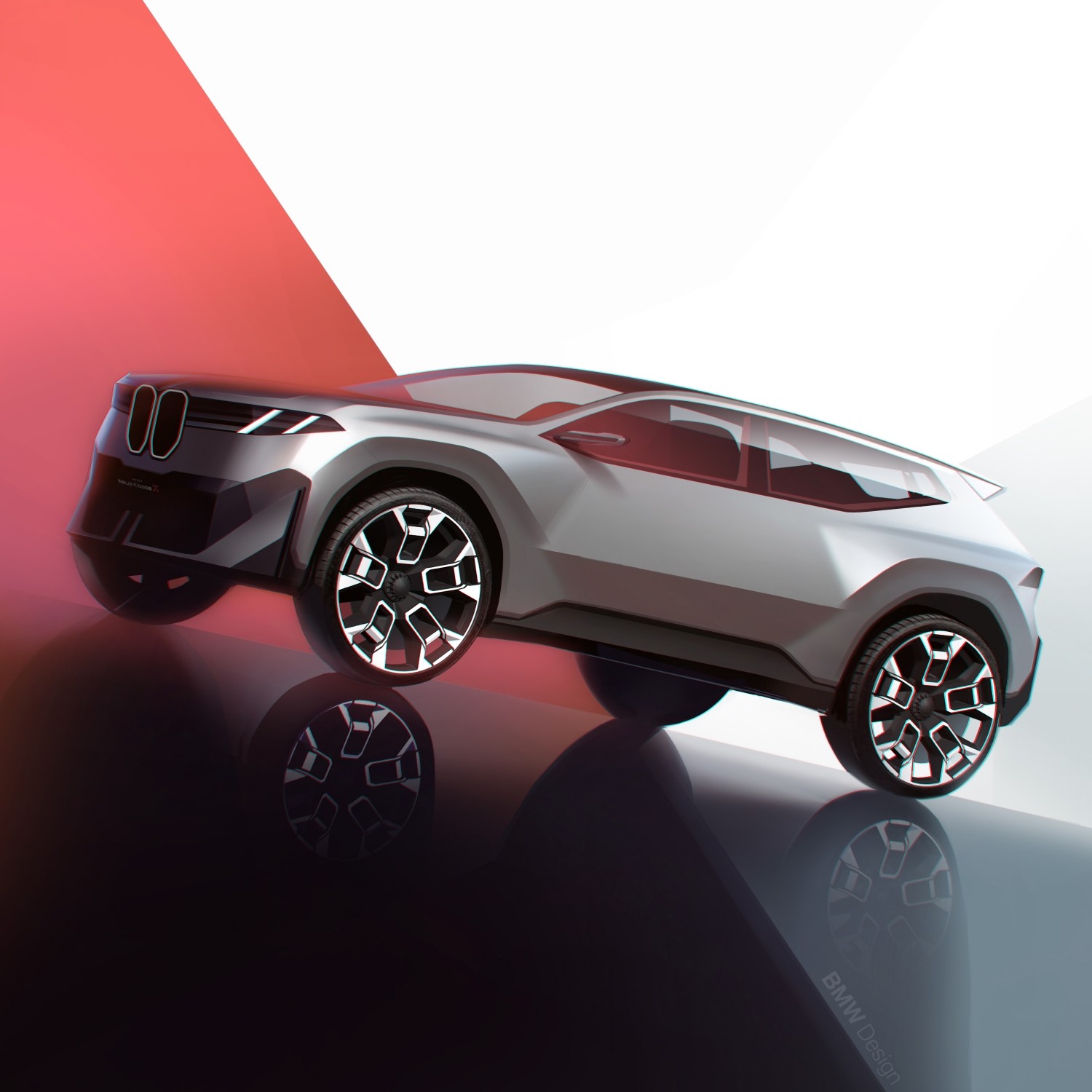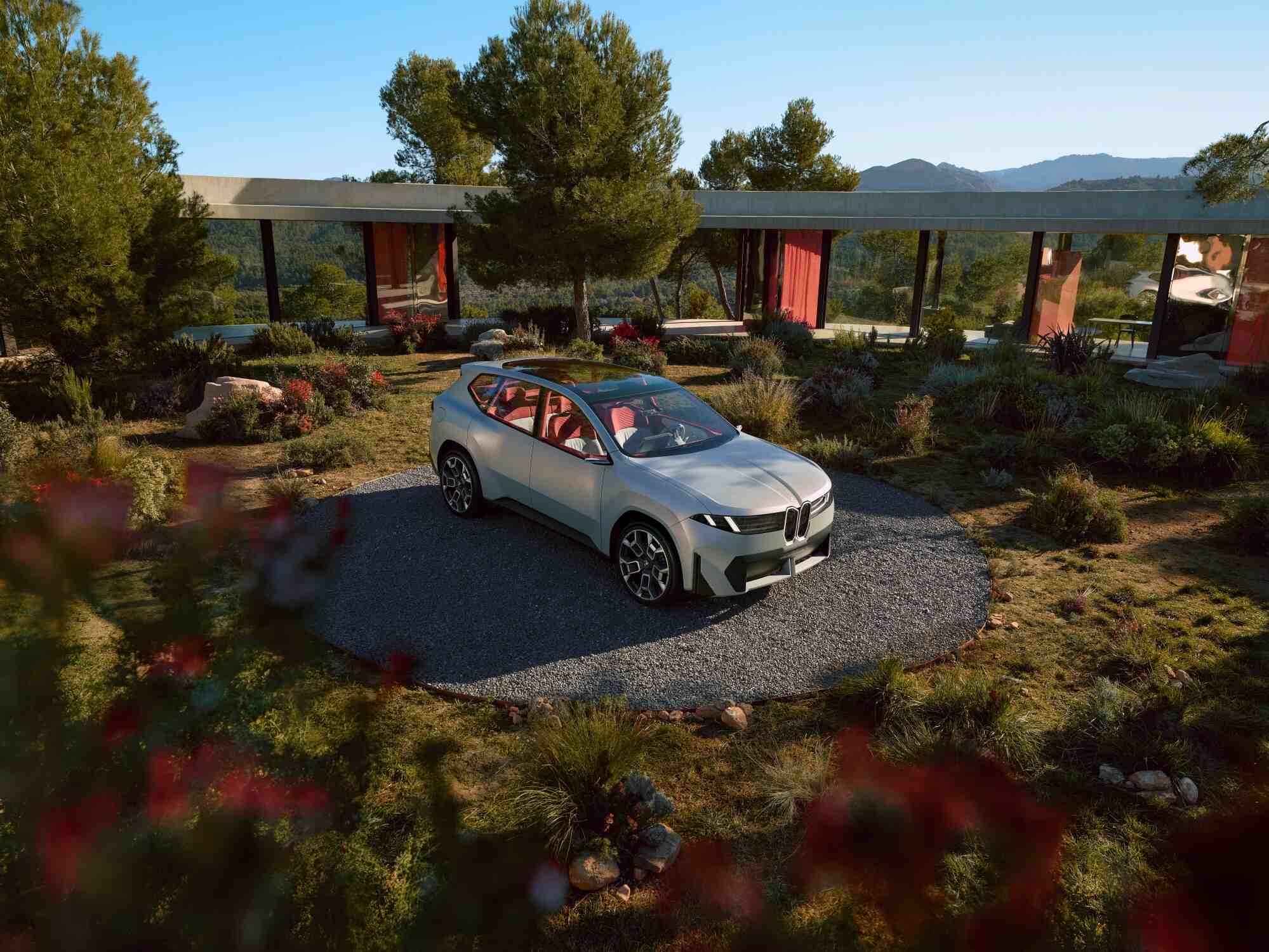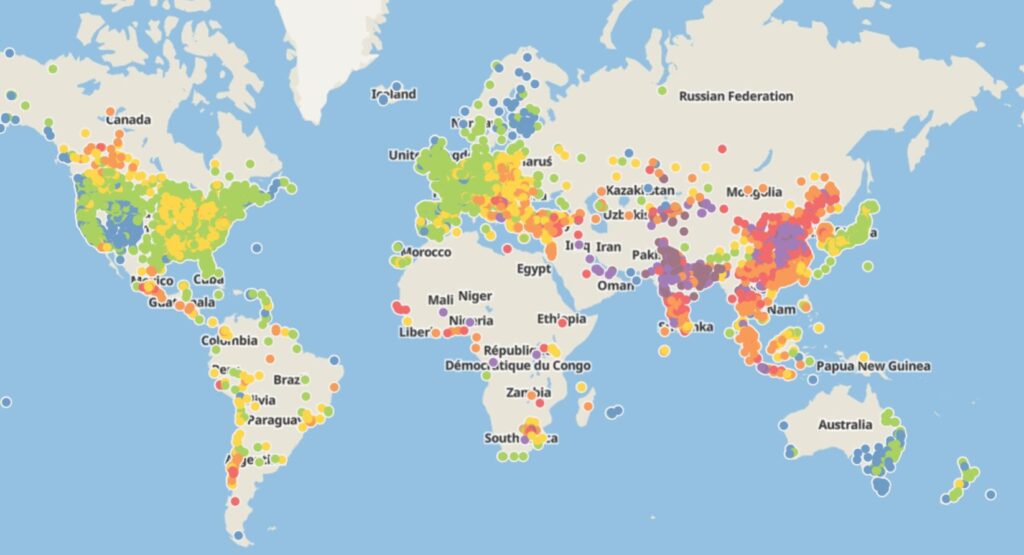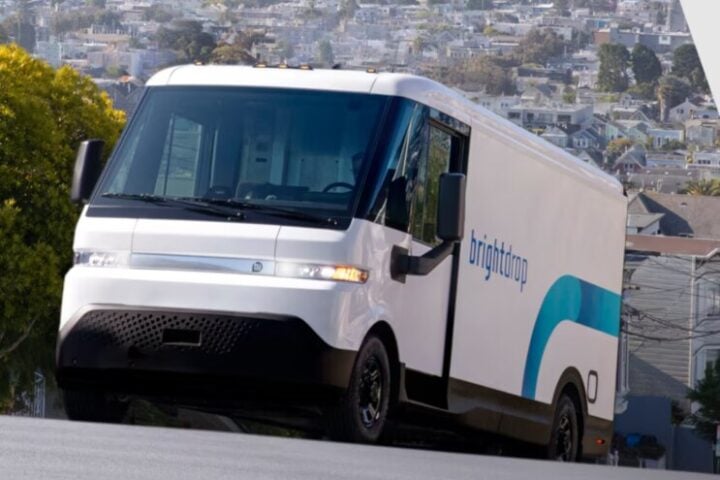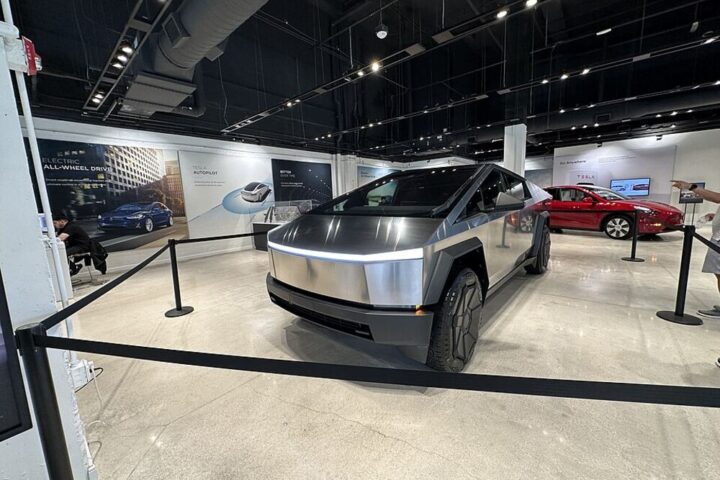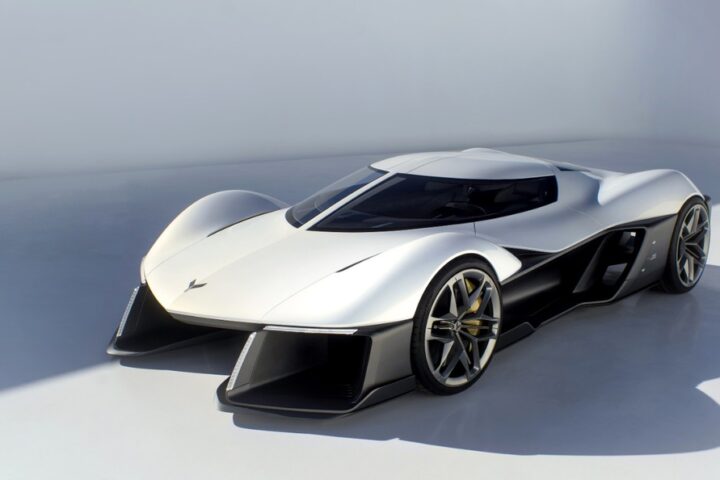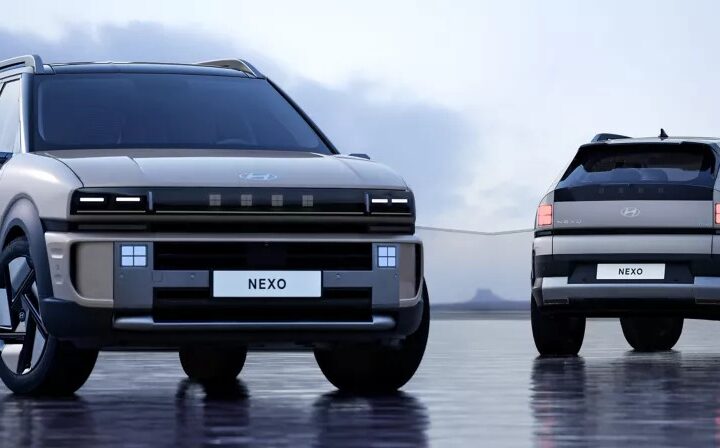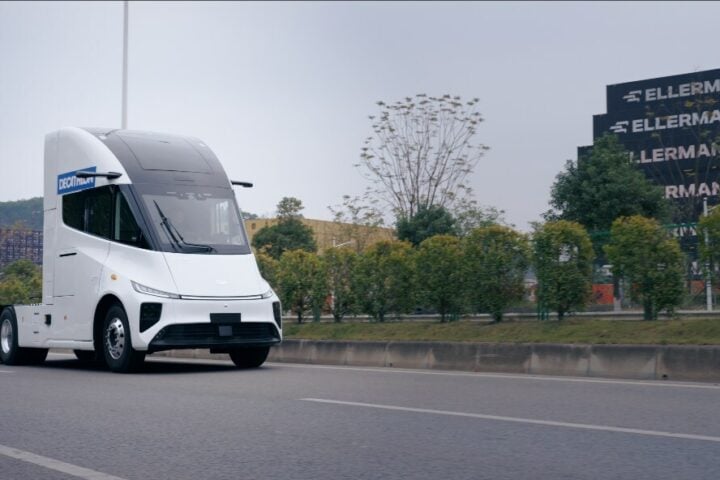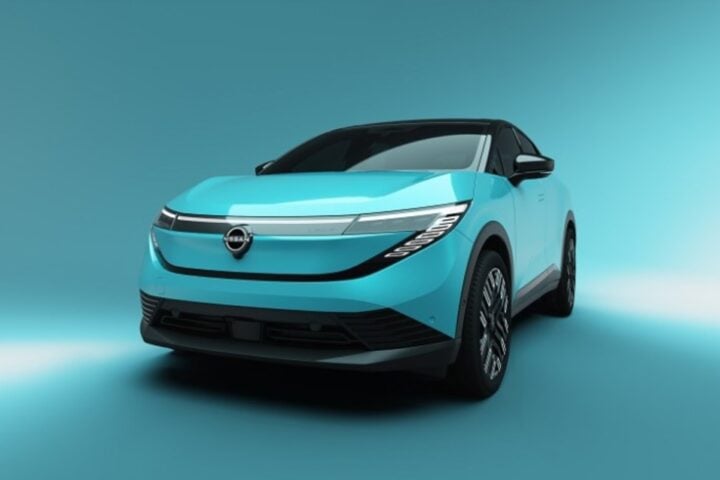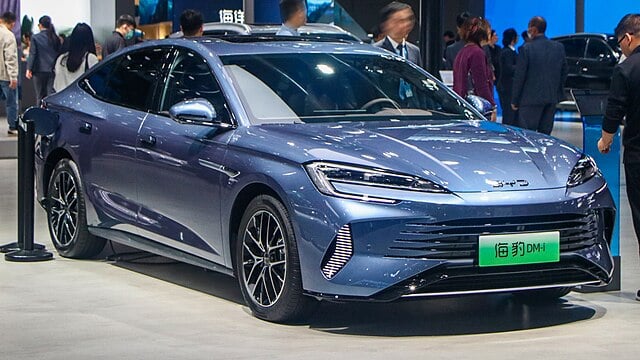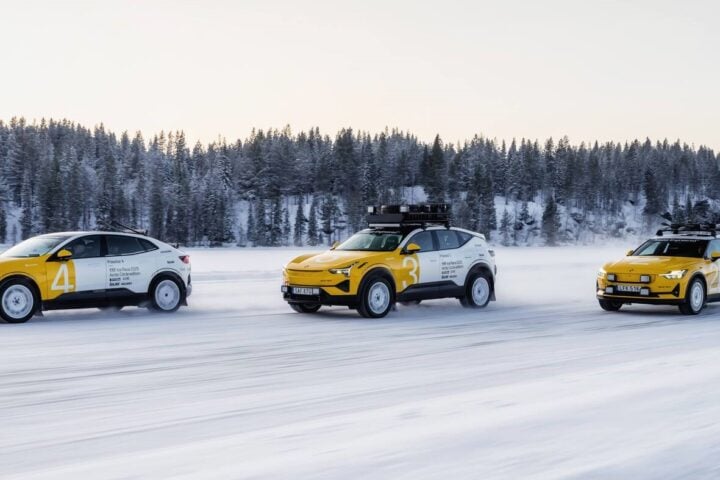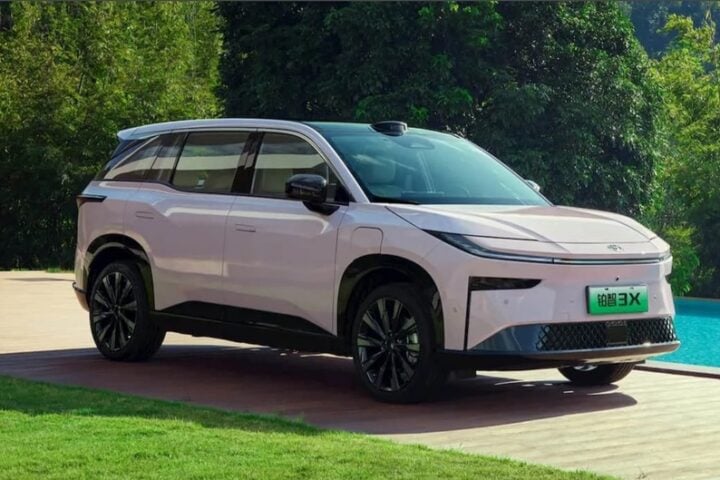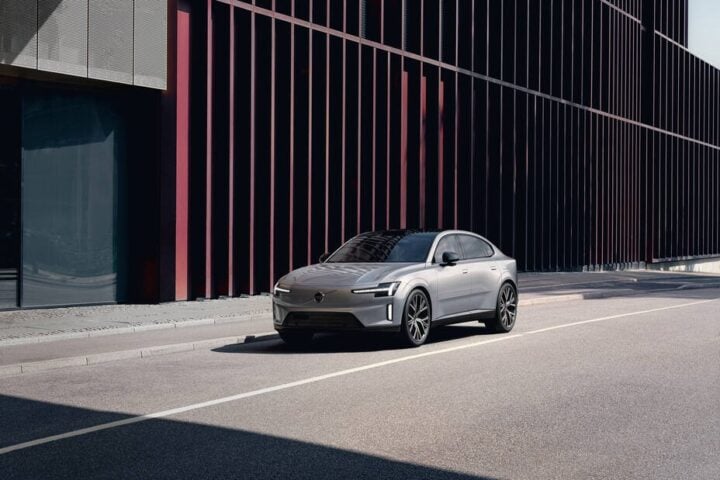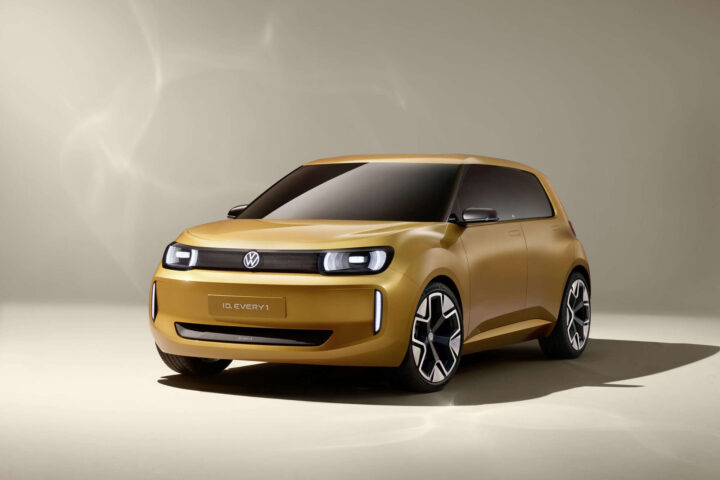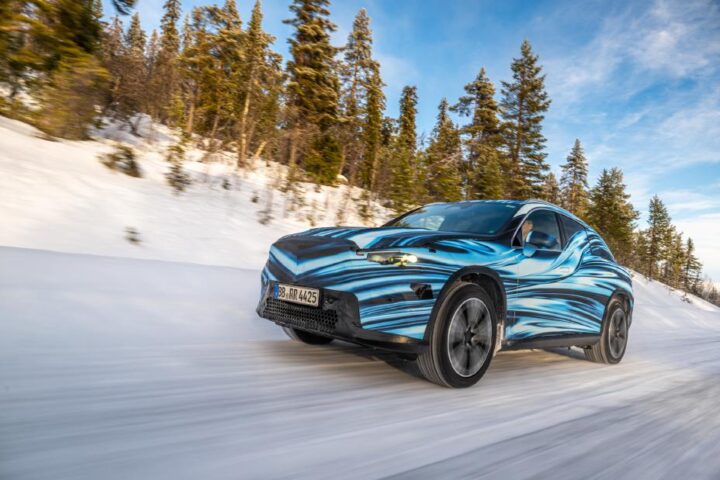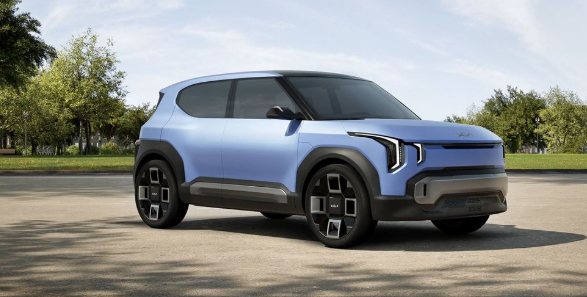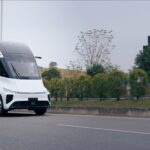After a series of leaks, the BMW New Class X Vision Car can finally be officially unveiled. This preview of the upcoming electric SUV (NA5) based on the New Class architecture (NCAR) continues where the sedan presented last fall (NA0) left off: The iX3 precursor impresses with a reduced design language carried by a few clear lines and a certain retro flair. The reference to the past is particularly evident at the front, which is dominated by a dark band at the level of the front grille and headlights, picking up the look of the 70s and 80s in anything but a coincidental manner. The new front grille interpretation in a vertical format is intended to be the future hallmark of all X models.
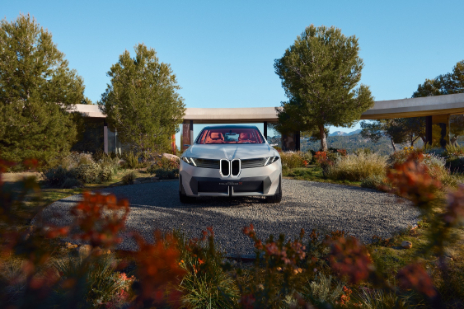
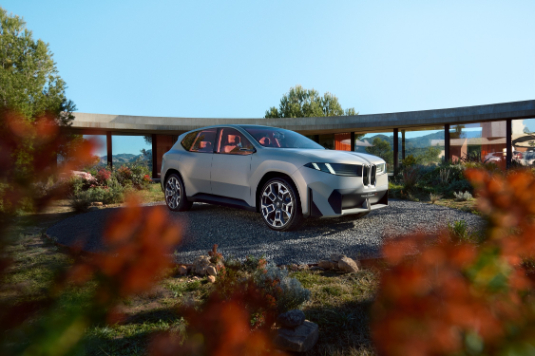
Without a historical precedent, the BMW New Class X achieves a convincing combination of classic shapes and typical BMW X elements from the side view. With over 12 million X models sold worldwide, it is already clear that the electric SUV, likely to be named BMW iX3 in 2025, will have big shoes to fill – not only in markets like the USA, where SUV series have long been at least as important as passenger car models with their flatter silhouettes.
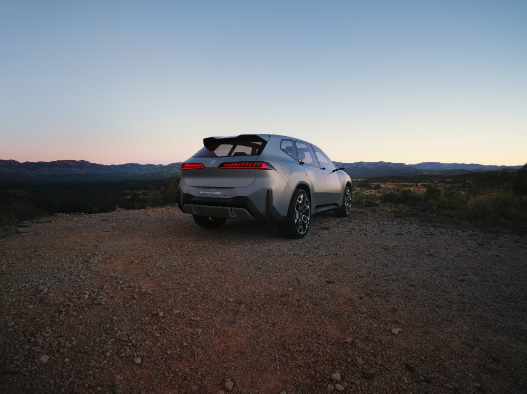
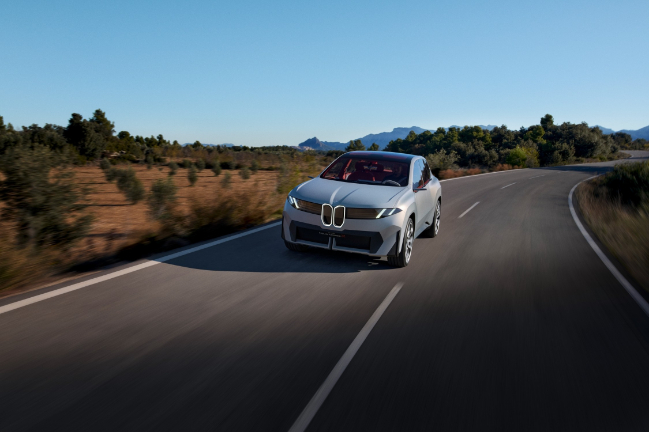
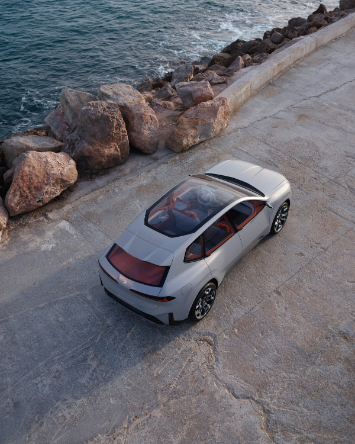
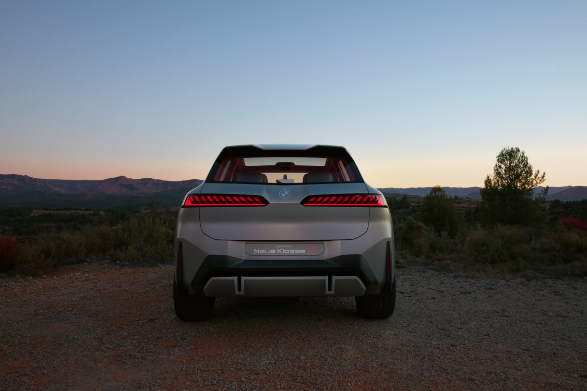
In terms of technology, BMW does not provide any fundamentally new information during today’s premiere, but the already known key points are confirmed again: The eDrive Gen 6 introduces new round cell batteries and an 800-volt system. Compared to current technology, the new batteries offer around 20 percent more energy density, around 30 percent more range, and around 30 percent faster charging speed.
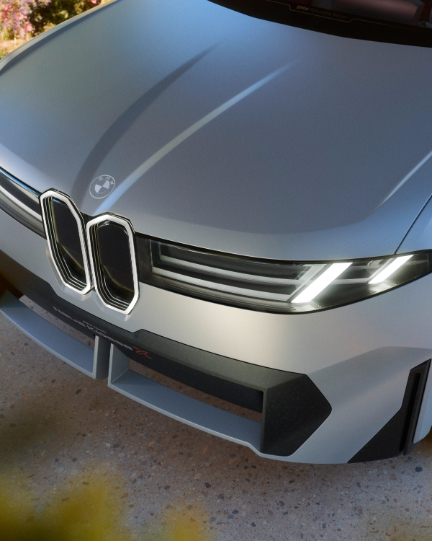
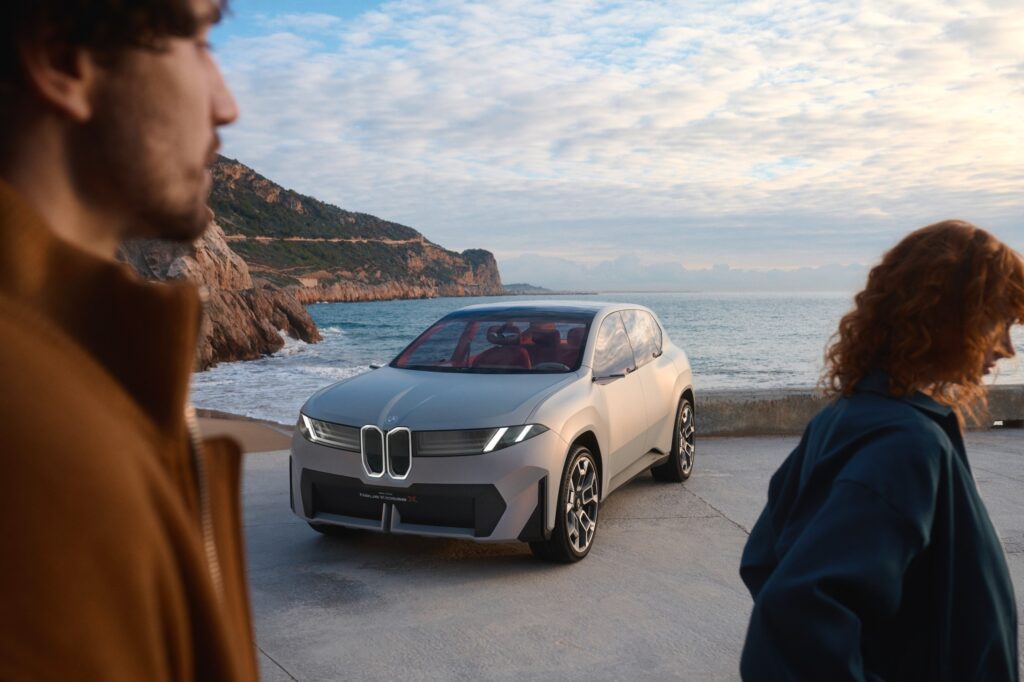
WLTP ranges of over 600 kilometers are practically assured, even though these numbers cannot be confirmed today. It is very clear, however, that the range can be rapidly recharged at a corresponding fast charger: In just 10 minutes, up to 300 kilometers of range can be “recharged”.
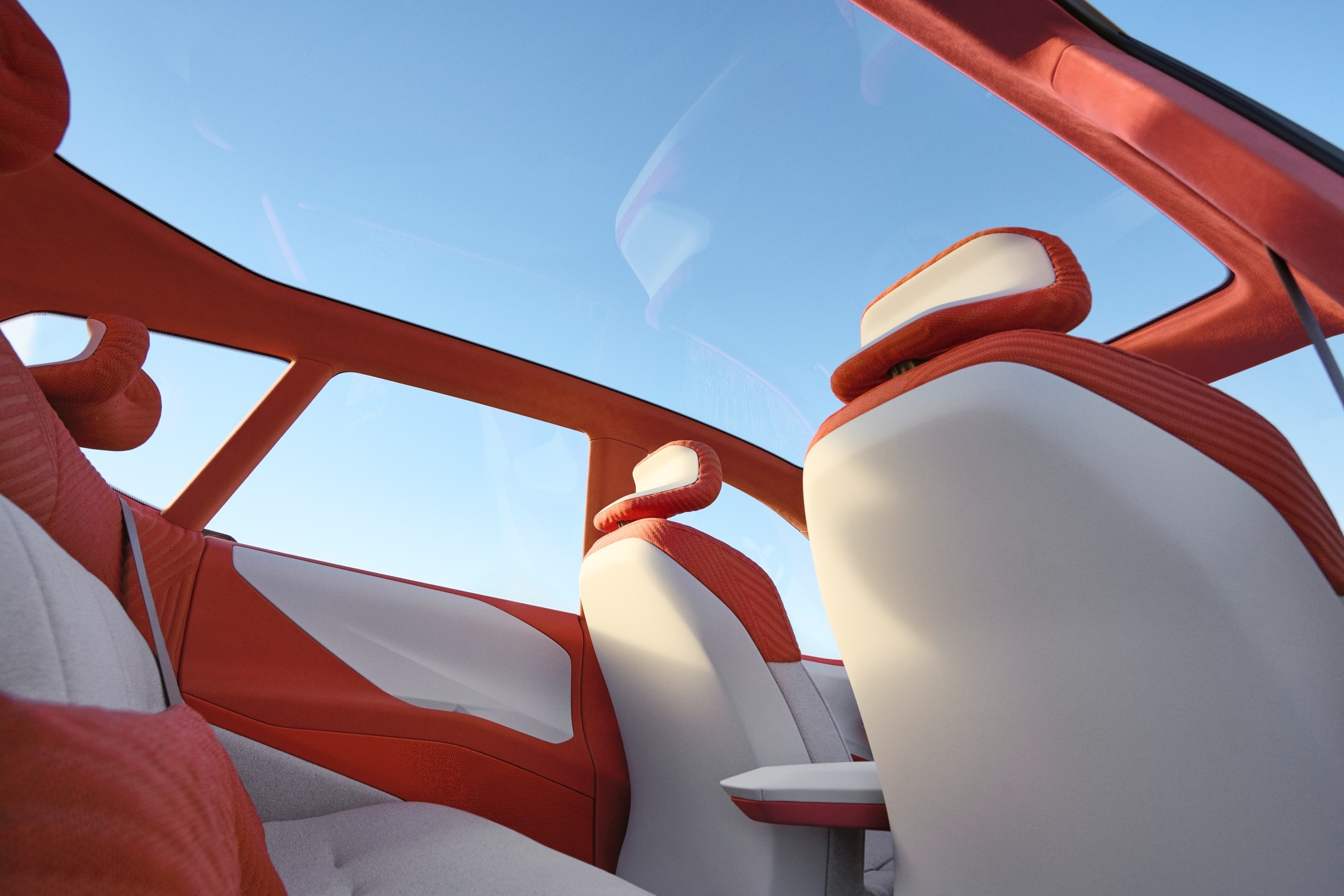
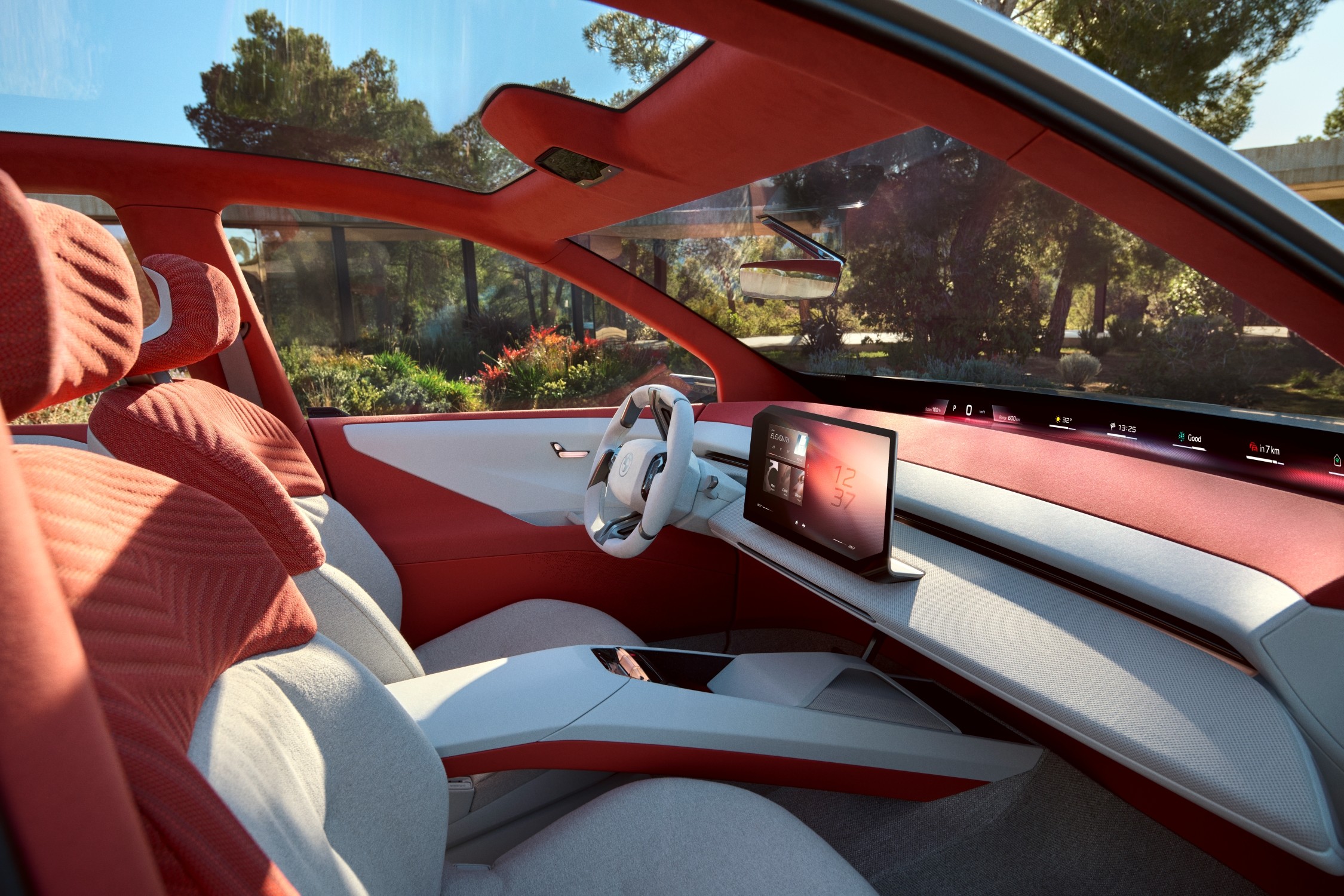
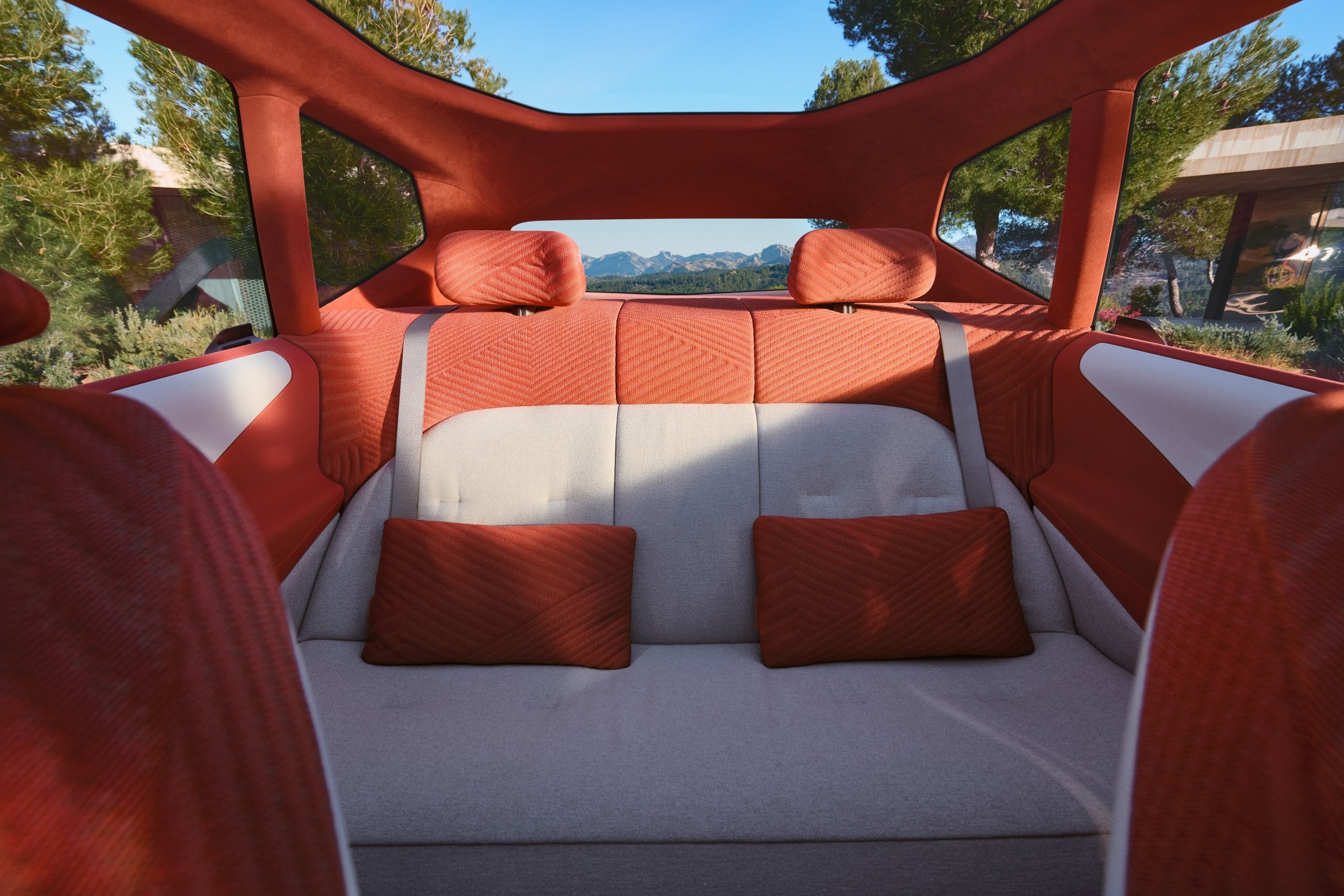
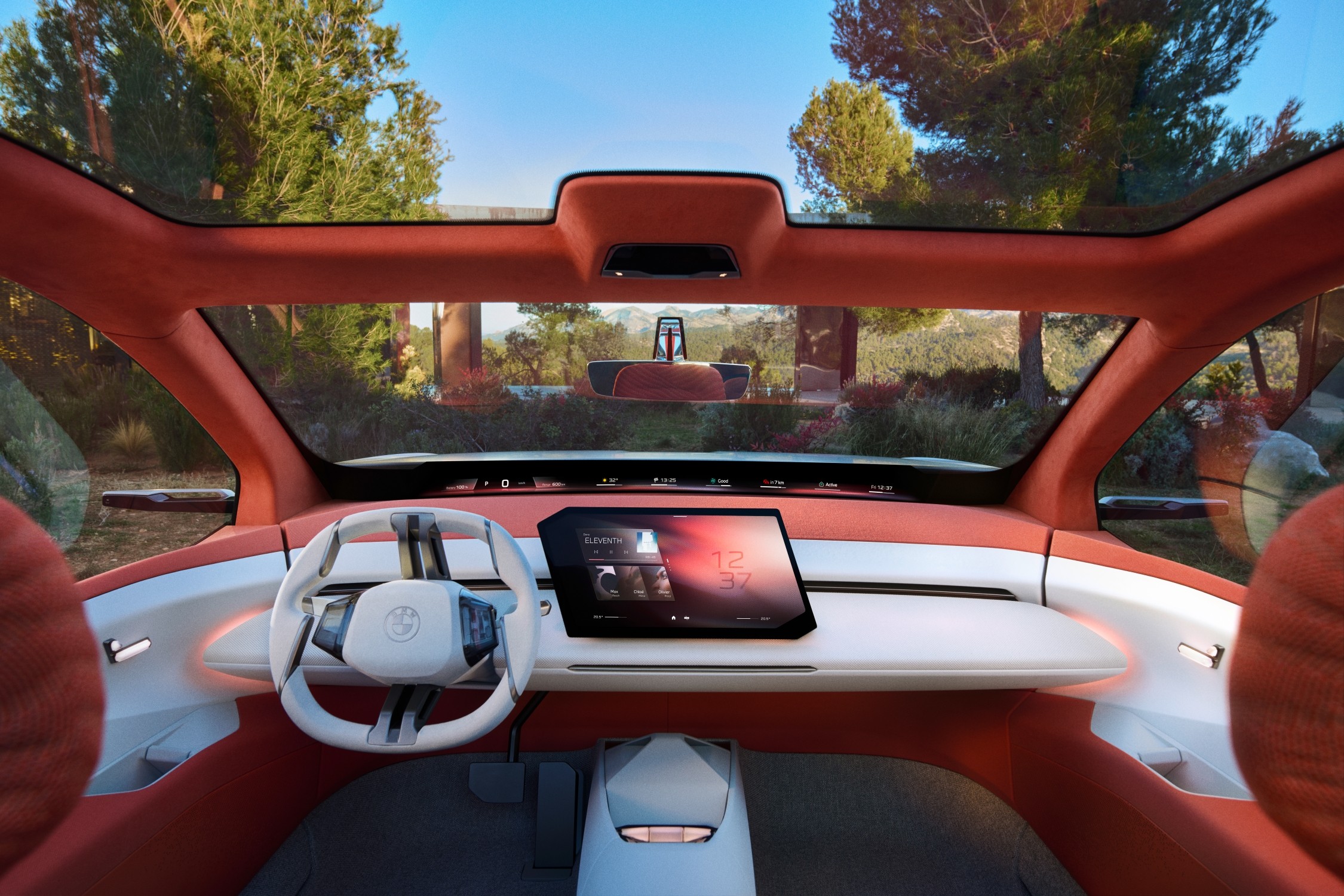
In addition to such sensible aspects of an electric car, the developers focus on multiple “Super-Brains”: The BMW New Class X includes not only the hardware for new assistance systems, which are supposed to be up to 5 times as powerful as today’s systems, but also the so-called Heart of Joy with up to 10 times more powerful hardware for controlling the suspension, drive, and steering – the result is supposed to be nothing less than the ultimate electric driving machine, transferring BMW’s typical joy of driving into the electric age.
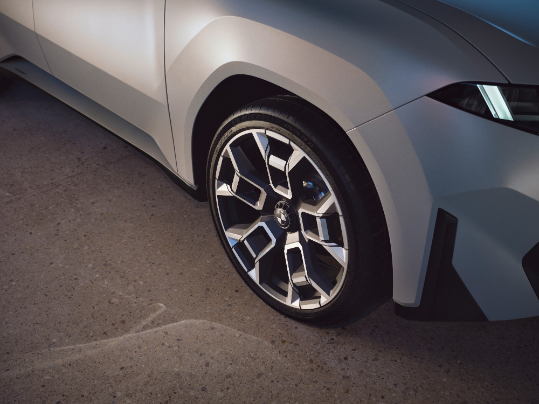
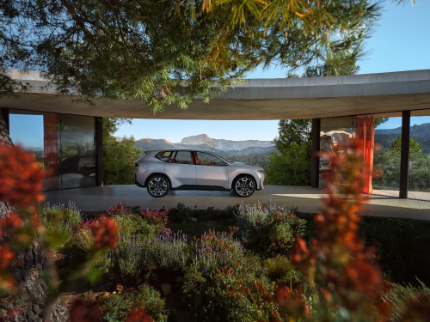
The future of driving modes revolves around the words Boost and Ease, focusing on joy and dynamism on one hand, and comfort and highly automated driving on the other. Just like the BMW 7 Series L3 available today, the New Class is also expected to support automated driving at Level 3, significantly relieving the driver in many everyday situations.
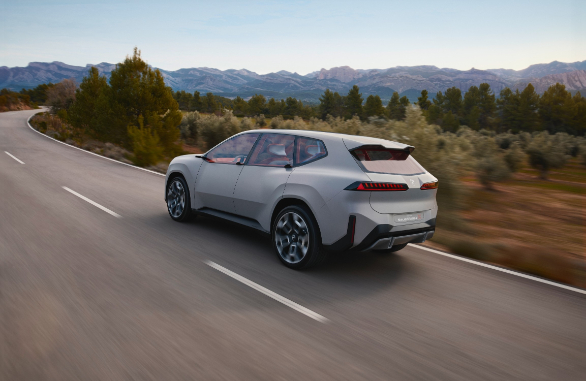
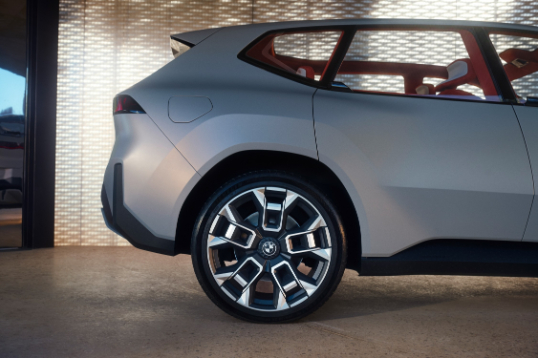
Similar Posts
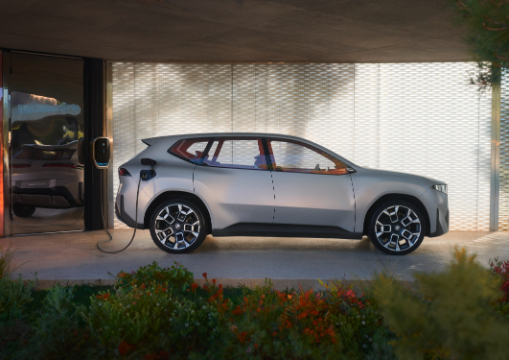
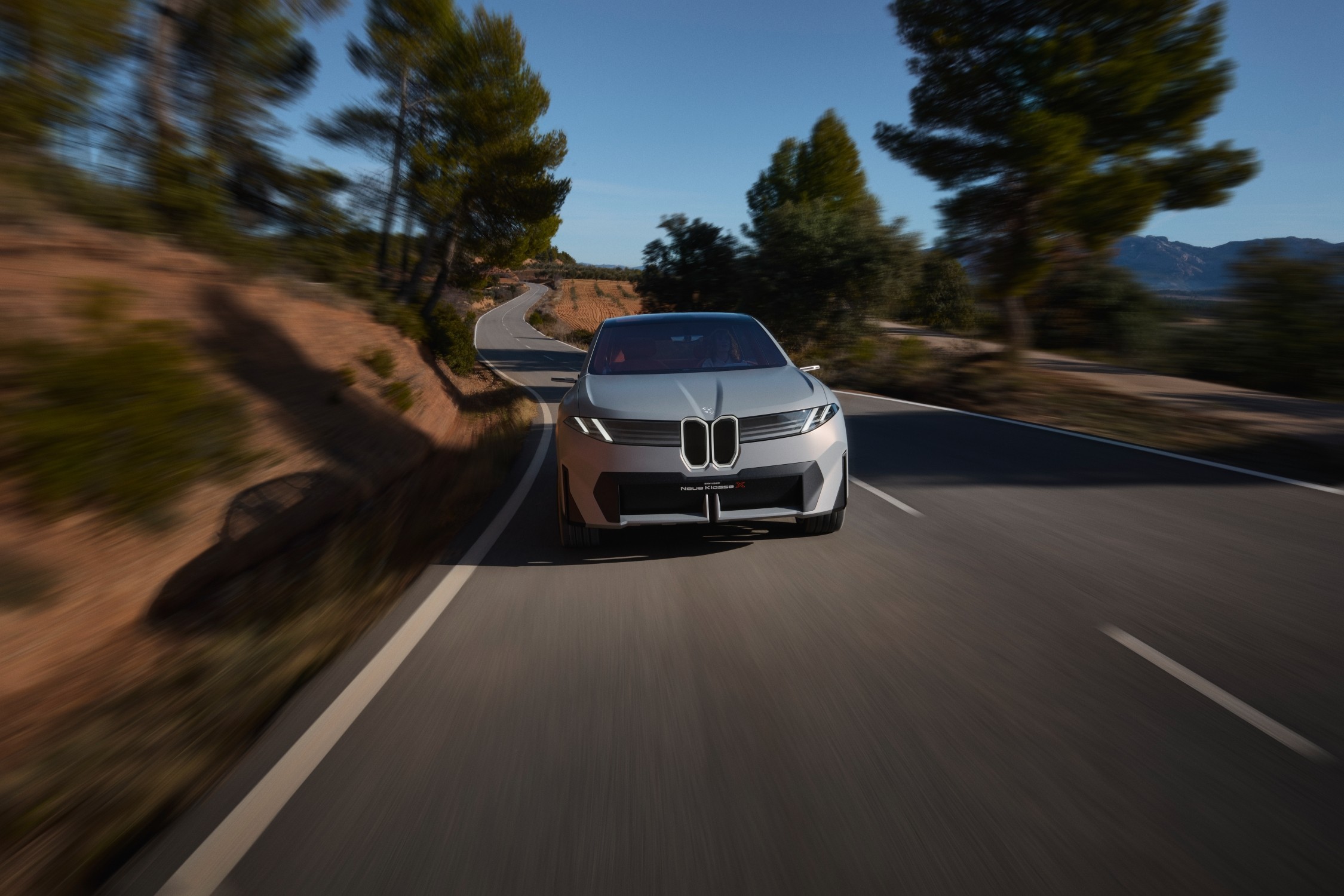
A significant contribution to the driving experience is also made by the displays and infotainment offerings in the interior. Here, the BMW New Class X relies on the iDrive generation X, which, however, will do without the classic iDrive controller: The focus for operation is on the touchscreen, the buttons on the steering wheel, and of course voice control, where BMW relies on the AI of the Large Language Model known from Amazon Alexa. For particularly frequently used features, such as volume control or climate control functions, the New Class will also have classic physical buttons.
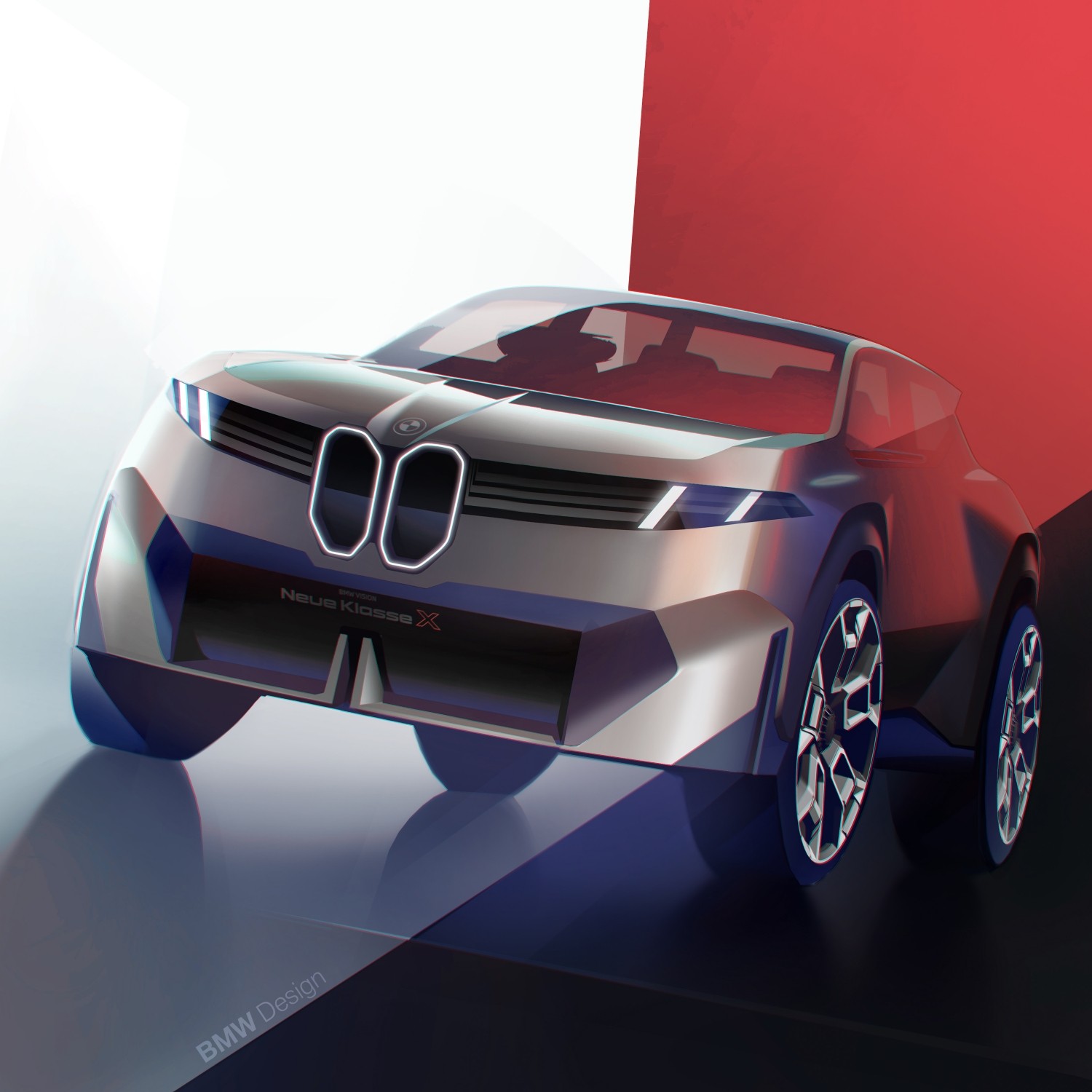
At the transition from the dashboard to the windshield, we see the Panoramic Vision Display, whose contents can be freely configured and seen by all passengers. In total, there are six display areas, whose contents can be selected and placed via drag & drop on the large infotainment display. For the driver, there is also a head-up display, projecting information directly into the field of view. However, the displays here are supposed to differ significantly from today’s look and appear much more three-dimensional, which is why BMW also speaks of a 3D-HUD.
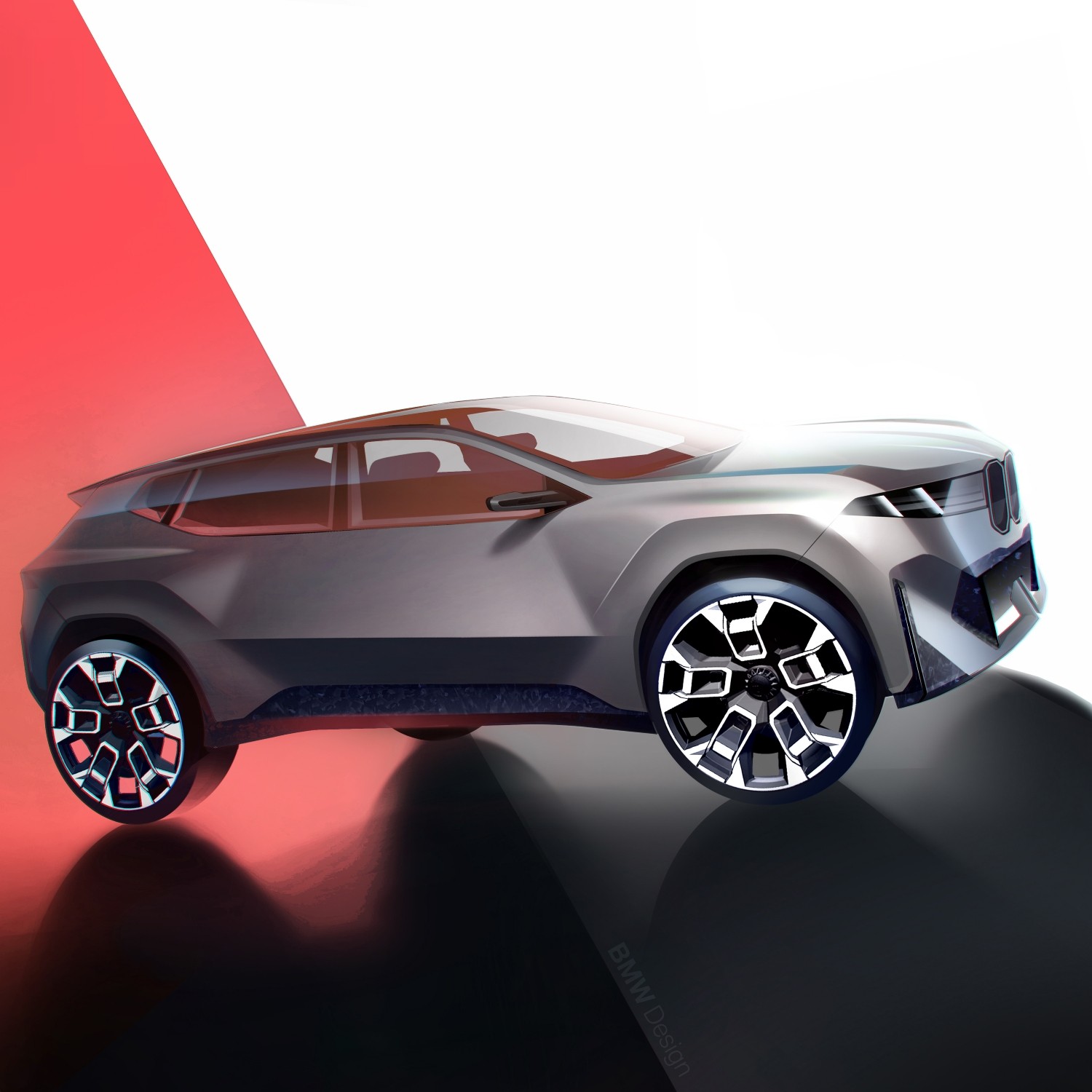
More than just a footnote are the efforts to reduce the carbon footprint: Compared to the first iX3, the new model is expected to cause about 35 percent less emissions over its entire lifecycle, thus demonstrating that advanced technology also counts towards increasing sustainability. This is also supported by the fact that about 35 percent of the materials used are so-called secondary materials.
